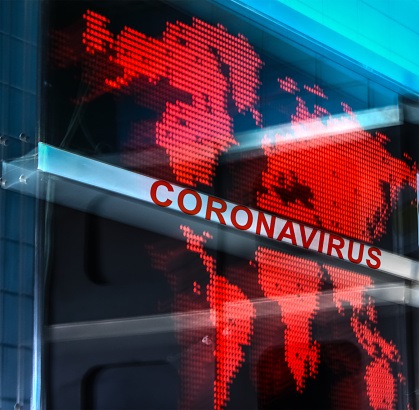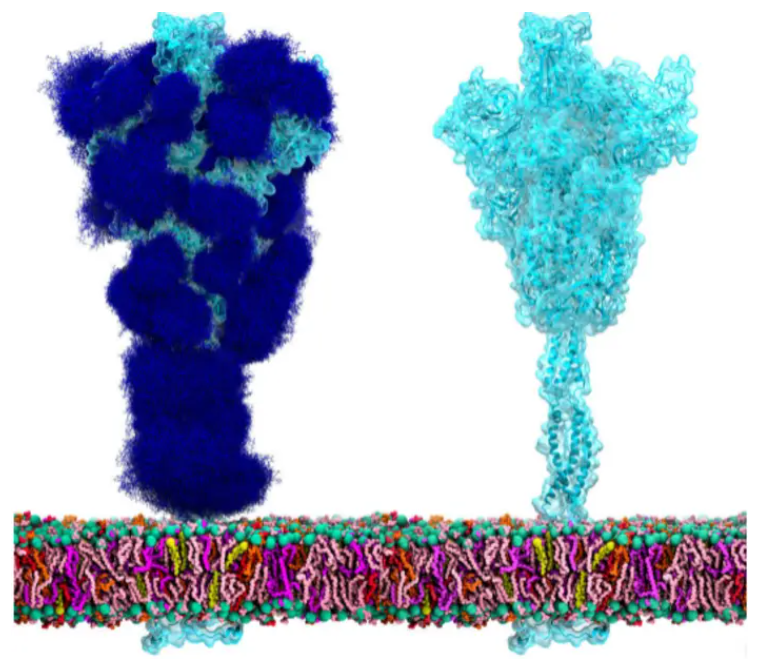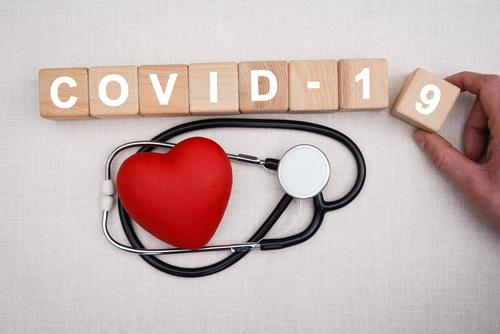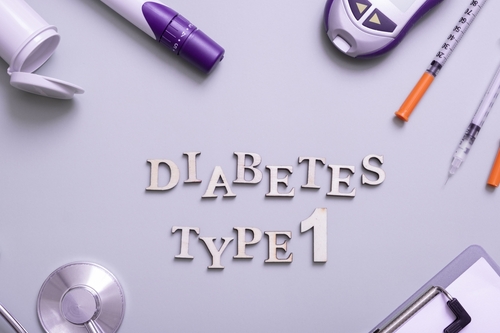
The Wuhan coronavirus has now killed twice as many people as the 2003 SARS outbreak. As the virus, now officially called COVID-19, continues to spread, officials from across the globe are initiating plans and protocols to mitigate its effect – however, an official from the National Institutes of Health (NIH) is now stating that the outbreak stands “on the verge” of becoming a global pandemic.
Here’s an update on a previous rundown of the outbreak, as well as a recap of the virus’ definition, origin, symptoms, and safety protocols.
What is Coronavirus?
To recap, coronaviruses (CoV) are a large family of viruses that sometimes cause disease and include the common cold. Other coronaviruses pose a bigger threat to human health and includes Middle East Respiratory Syndrome (MERS-CoV) and Severe Acute Respiratory Syndrome (SARS-CoV).
These viruses are zoonotic, which means they are passed between animals and humans. Previous studies found that SARS was transmitted from tropical civets to humans, and MERS was passed from camels to humans. There also exists several forms of coronaviruses still circulating in animals that have not yet been transmitted to humans.
Where Did COVID-19 Come From?
COVID-19 was first detected in Wuhan City, Hubei Province, China in December 2019. Although the virus’ origin has yet to be confirmed – there’s evidence which suggests that bats may be the culprit. Two new studies published recently in the journal Nature – including a case study of a Wuhan market worker – revealed that the genetic makeup of this new stain is almost 90% similar to SARS-like coronaviruses previously sampled from bats in China.
The Latest Worldwide
As of Sunday, there are now more than 71,000 confirmed cases of COVID-19 worldwide – with most cases occurring in mainland China. The virus has now claimed the lives of 1,770 people, including 100 deaths in China’s Hubei providence yesterday alone. By comparison, the 2003 SARS outbreak killed 774 people.
COVID-19 has been confirmed in more than 25 countries (including the US), which has prompted several measures to reduce its spread.
COVID-19 in the US
There are now 15 confirmed cases of COVID-19 in the US: eight in California; two in Illinois, and one case each in Arizona, Washington, Massachusetts, Wisconsin, and Texas. COVID-19 is considered a public health crisis in the US, and as response, the Trump administration has implemented stringent travel restrictions in an effort to contain the virus’ spread on American soil.
Despite these efforts, CDC Director Dr. Robert Redfield told a CNN correspondent that COVID-19 is probably “with us beyond this season, beyond this year, and I think eventually the virus will find a foothold and we will get community-based transmission.”
Cruise Ship Crisis
On February 4, officials quarantined the cruise ship, Diamond Princess, off of Yokohama, Japan. As of yesterday, there are now 355 cases of COVID-19 confirmed aboard the vessel and all infected persons have been transferred to Japanese hospitals. Approximately 400 US citizens are aboard the Diamond Princess, of which 44 are infected – although not all are symptomatic to date. The Diamond Princess outbreak currently stands as the biggest outbreak cluster outside of China.
Also, the US State Department confirmed reports that an 83-year-old American woman in Malaysia contracted COVID-19 while on a separate cruise. An official from the State Department told CNN in an interviewer that, “We are aware of reports from Malaysian health authorities regarding a US citizen who departed Cambodia and has tested positive for COVID-19 in Kuala Lumpur.”
The official added in the interview that: “The safety and well-being of US citizens is the top priority of the State Department, and our consular officers are working closely with the Malaysian and Cambodian governments and public health professionals in addressing the challenges posed by COVID-19.”
What are the Symptoms?
According to the CDC, confirmed coronavirus infections, reported illnesses have ranged from people with little to no symptoms to people being severely ill and dying. These symptoms include:
- Fever
- Cough
- Shortness of breath
The CDC noted at this time, symptoms of COVID-19 may appear in as few as two days or as long 14 days subsequent to exposure.
The 14-day incubation period is significant and dangerous, as it means many patients can remain asymptomatic for a while – long enough to spread the virus without being suspected as carriers.
How to Protect Yourself
Although there is currently no vaccine to prevent COVID-19 infection, the CDC recommends several preventive actions to mitigate the spread of respiratory viruses, including:
- Wash your hands frequently with soap and water for at least 20 seconds, especially after going to the bathroom; before eating; and after blowing your nose, coughing, or sneezing.
- If soap and water are not readily available, use an alcohol-based hand sanitizer with at least 60% alcohol. Always wash hands with soap and water if hands are visibly dirty.
- Avoid touching your eyes, nose, and mouth with unwashed hands.
- Avoid close contact with people who are sick.
- Stay home when you are sick.
- Cover your cough or sneeze with a tissue, then throw the tissue in the trash.
- Clean and disinfect frequently touched objects and surfaces using a regular household cleaning spray or wipe.
Moreover, if you come down with fever, cough and experience difficulty breathing, seek early medical treatment. Be sure to inform your health care provider if you have traveled in an area in China where COVID-19 has been reported, or if you have been in close contact with someone with who has traveled from China and has respiratory symptoms.
Also, as a general precaution, practice safe hygiene measures when visiting live animal markets, wet markets or animal product markets. You should strictly avoid any contact with other animals in the market such as bats, stray cays, dogs, rodents, and birds, and should also avoid contact with potentially contaminated animal waste or fluids.
Furthermore, it would be wise to avoid consumption of raw or undercooked animal products, and to handle any raw meat, milk or animal organs with extra care, to avoid cross-contamination.
More CDC Recommendations
While the CDC notes that the immediate risk of this new virus to the American public is still relatively low, everyone should do their part to protect themselves and others. The CDC recommends:
- Getting a flu vaccine and taking everyday preventive actions to help stop the spread of germs and taking flu antivirals if prescribed.
- If you are a healthcare provider, be on the look-out for people who recently traveled from China and have fever and respiratory symptoms.
- If you are a healthcare provider caring for a COVID-19 patient or a public health responder, please take care of yourself and follow recommended infection control procedures.
- If you have been in China or have been exposed to someone sick with COVID-19 in the last 14 days, you will face some limitations on your movement and activity. Please follow instructions during this time. Your cooperation is integral to the ongoing public health response to try to slow spread of this virus. If you develop COVID-19 symptoms, contact your healthcare provider, and tell them about your symptoms and your travel or exposure to a COVID-19 patient.
- For people who are ill with COVID-19, please follow CDC guidance on how to reduce the risk of spreading your illness to others.







 © 2025 Mashup Media, LLC, a Formedics Property. All Rights Reserved.
© 2025 Mashup Media, LLC, a Formedics Property. All Rights Reserved.